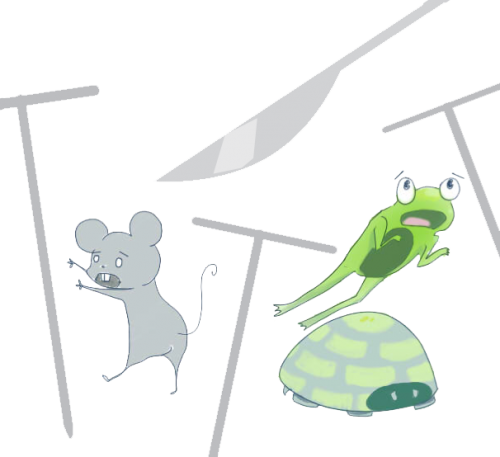Taking Apart Animal Dissections

FARRAH LUU
Staff Writer
On Sept. 9, a former Newport Harbor High School (NHHS) English teacher, Karen Coyne, filed a lawsuit against the Newport Harbor Unified School District, stating that administrators retaliated against her public questioning of whether students need to dissect cat carcasses. Coyne asserted that the cat dissections are animal cruelty, and that it is harming the psychological well-being of her students. She claims that the district and several school employees created a hostile environment and violated her freedom of speech by transferring her to Costa Mesa High School without her consent.
Traditionally, frogs, cats and piglets are all animals used for science class dissections. Dissecting animals is seen as a useful hands-on activity for students to apply what they learn and reinforce their understanding of anatomy. However, the question of whether it should be required for students and teachers to dissect animals is a constant debate. Although there are two sides to the conflict, there are misconceptions about animal dissections that affect whether it is morally right. Students and teachers should not be forced into doing animal dissections if the activity makes them uncomfortable due to moral obligations.
Although Coyne’s free speech was violated, the lawsuit is unnecessary. Both the district administrators and Coyne should have approached the situation in a different way. Instead of publicly voicing her objections through a lawsuit, Coyne should have gone to the administrators to discuss the problem and any misunderstandings she might have had about the cat dissections.
One popular misconception engendering discomfort among students and educators is that animals are bred solely for the purpose of dissections. However, at NHHS, the cats used for dissections are sold to the school from the pound, according to OCRegister.
Also, students are not aware of options to partake in an alternative since teachers are not required to inform their students according to California Education Code 32255. Some choices include online dissections or building a model of the animal’s anatomy. Even if students do not request it, teachers should still keep this information transparent.
Ultimately, animal dissections have been a major part of science classes, but they should not be mandated for teachers and students to fulfill if it makes them uncomfortable. Lawsuits should not be filed due to misconceptions of curriculum, or as a result of the lack of communication between teachers, students and administrators.